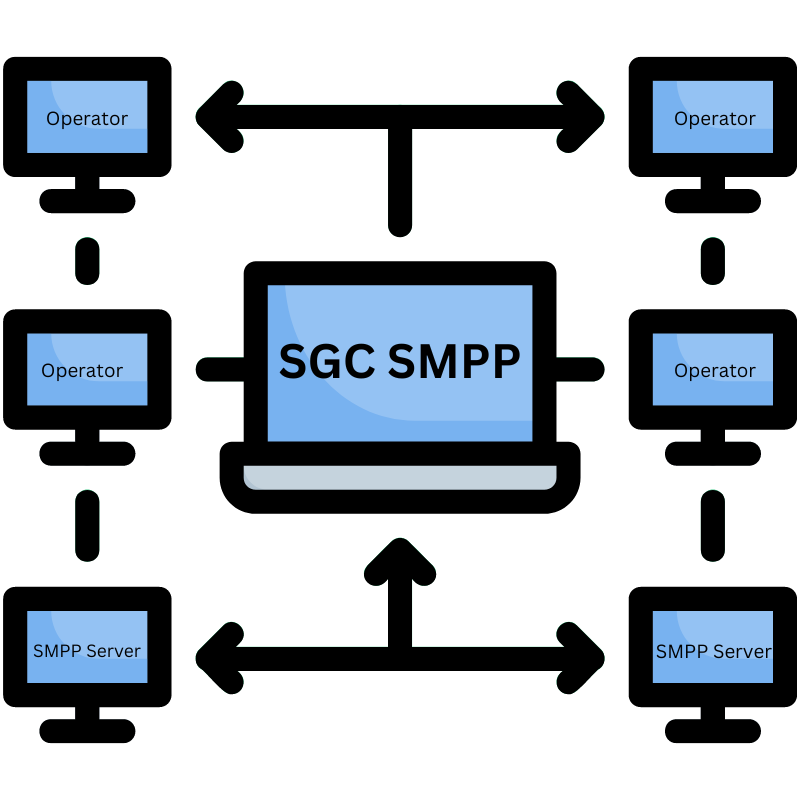SMPP Connectivity Guide for SMSGatewayCenter - Establish direct SMPP connectivity for seamless SMS communication. Learn how to connect, send, and receive SMS messages using SMPP protocol.

Welcome to SMSGatewayCenter, your one-stop shop for robust and dependable SMPP (Short Message Peer-to-Peer) communication. As a leader in messaging solutions, we enable organizations like yours to communicate quickly and effectively with our powerful SMPP gateway. With a global network of over 1,000 mobile operators, we provide you with unprecedented options to communicate with your audience.
Are you ready to improve your communication strategy with direct and seamless SMS messaging? Our SMPP Connectivity Guide will walk you through the process of establishing SMPP (Short Message Peer-to-Peer) connectivity with SMSGatewayCenter. SMPP is a powerful protocol that allows you to send and receive SMS messages straight through our gateway. Follow these steps to access the power of SMPP and a world of communications possibilities:
Before you can establish SMPP connectivity with SMSGatewayCenter, you'll need to gather the following credentials:
Select an SMPP client software or library that supports SMPP protocol. Some popular options include:
Configure the chosen SMPP client with the following parameters:
Once configured, your SMPP client must connect to the SMSGatewayCenter SMPP server using the credentials given. This is the procedure for authenticating and connecting.
Your SMPP client can now send SMS messages through the SMSGatewayCenter SMPP gateway after a successful bind. Format your messages using the SMPP protocol and send them via the bind connection.
Configure your SMPP client to handle incoming SMS messages if you require two-way communication. Over the established bind connection, SMSGatewayCenter can transmit inbound messages to your SMPP client.
Track message delivery and troubleshoot any issues that may emerge by monitoring the status of your SMPP connection. Monitor server responses, delivery reports, and error codes.
As your messaging requirements grow, consider optimizing your SMPP integration for performance and load balancing for huge message volumes.
You can establish SMPP connectivity with SMSGatewayCenter and leverage the power of direct messaging for your communication needs by following these steps. If you have any problems or require help, our team of experts will help you every step of the way. Please do not hesitate to contact us for expert assistance and ensure a seamless SMPP integration experience.